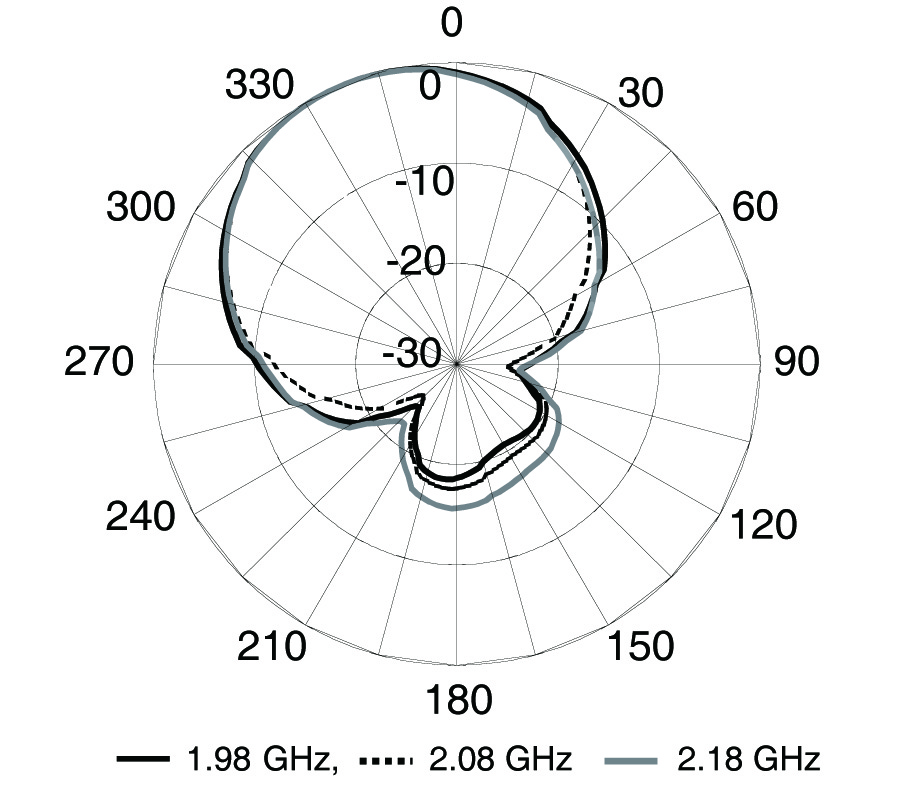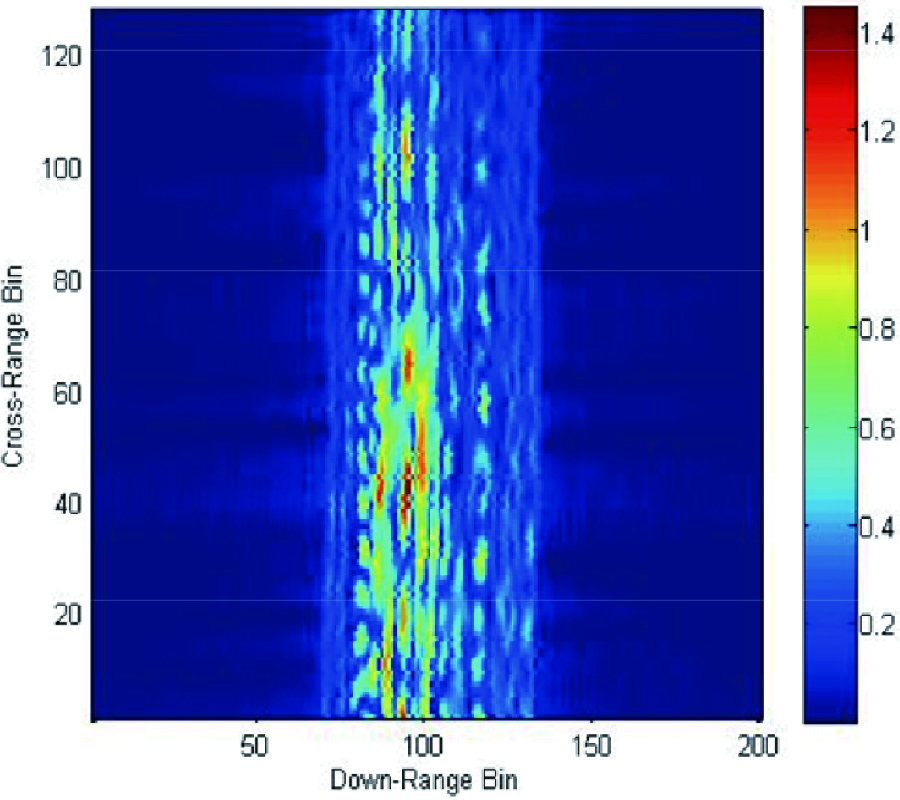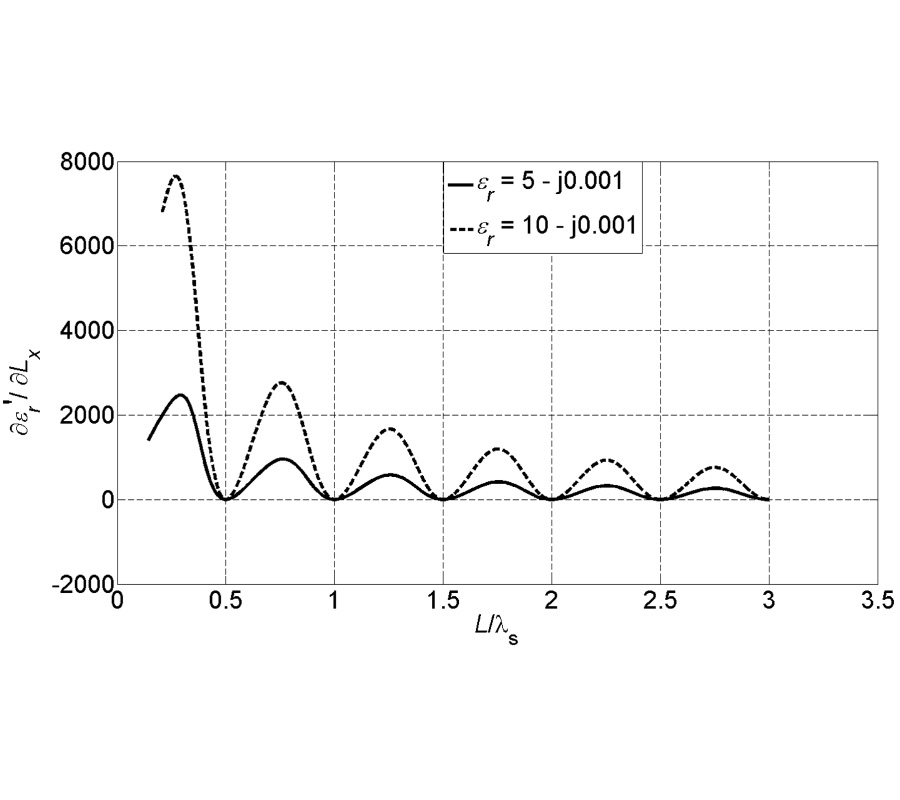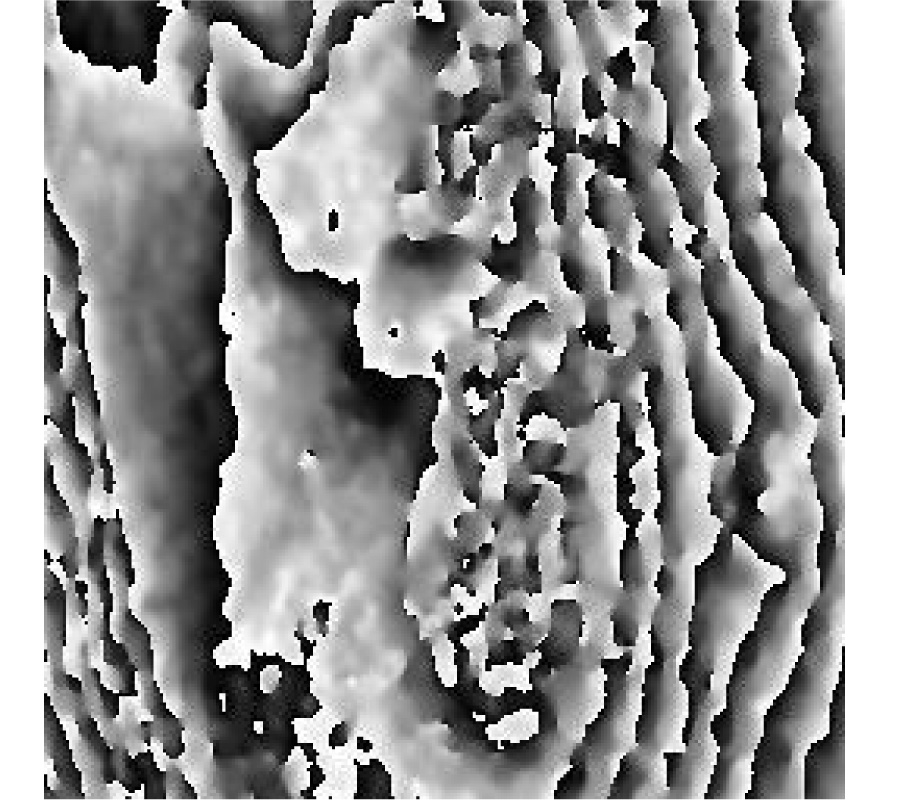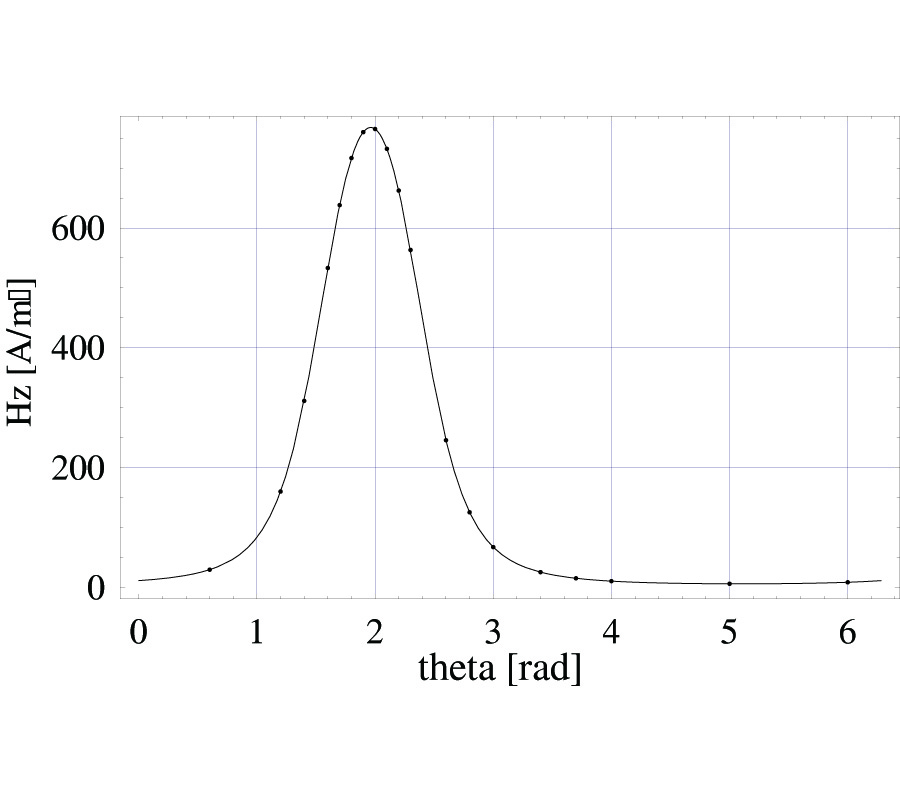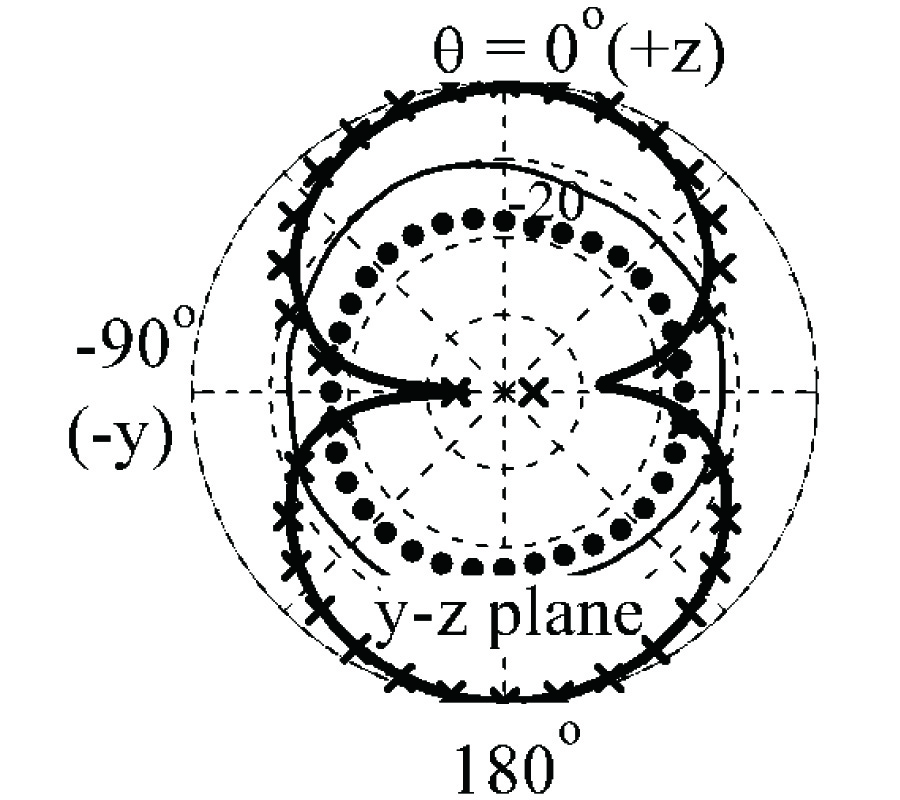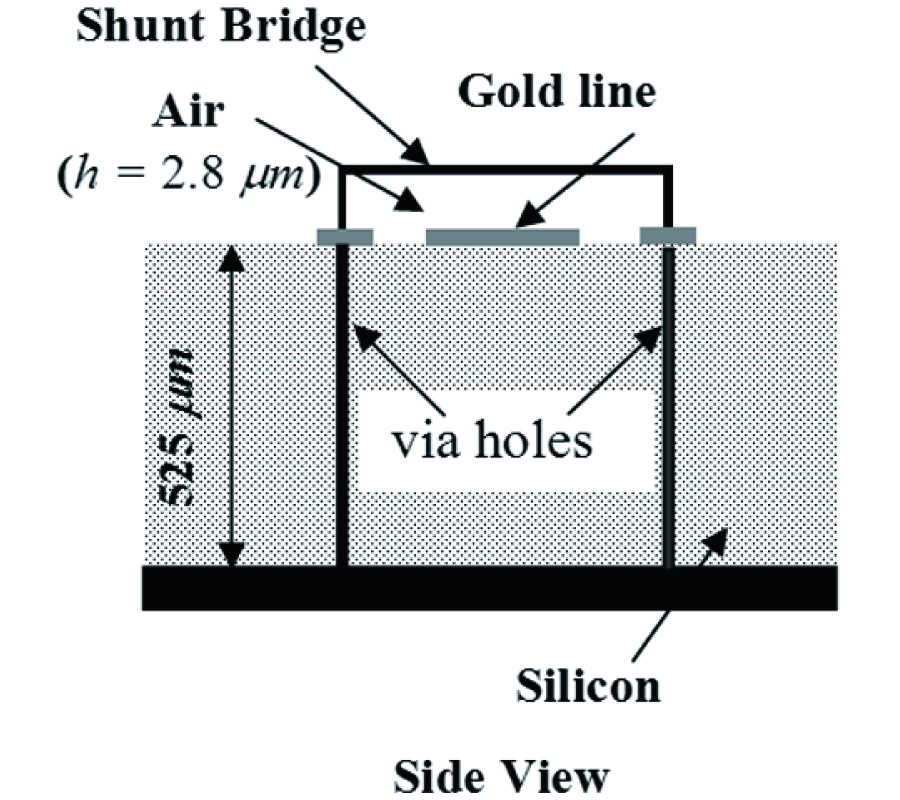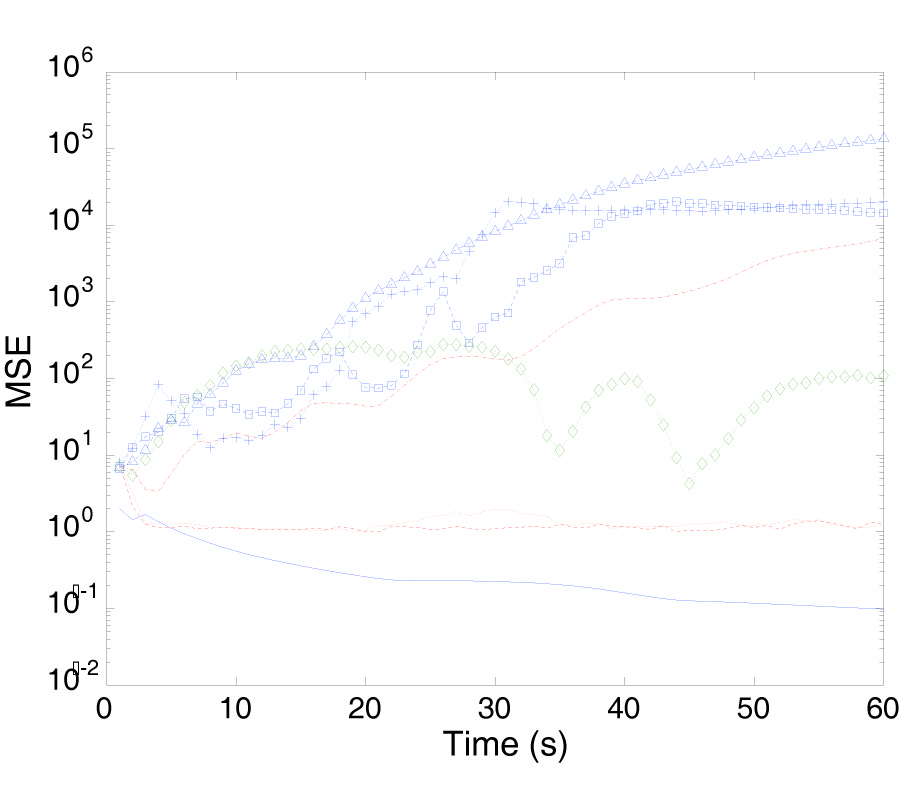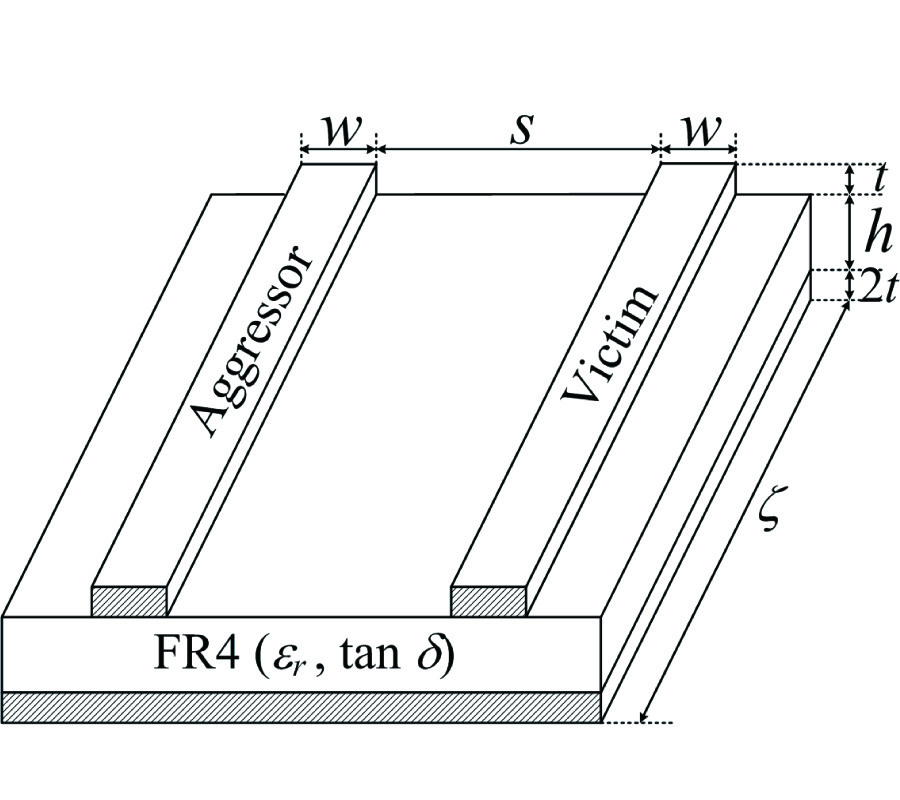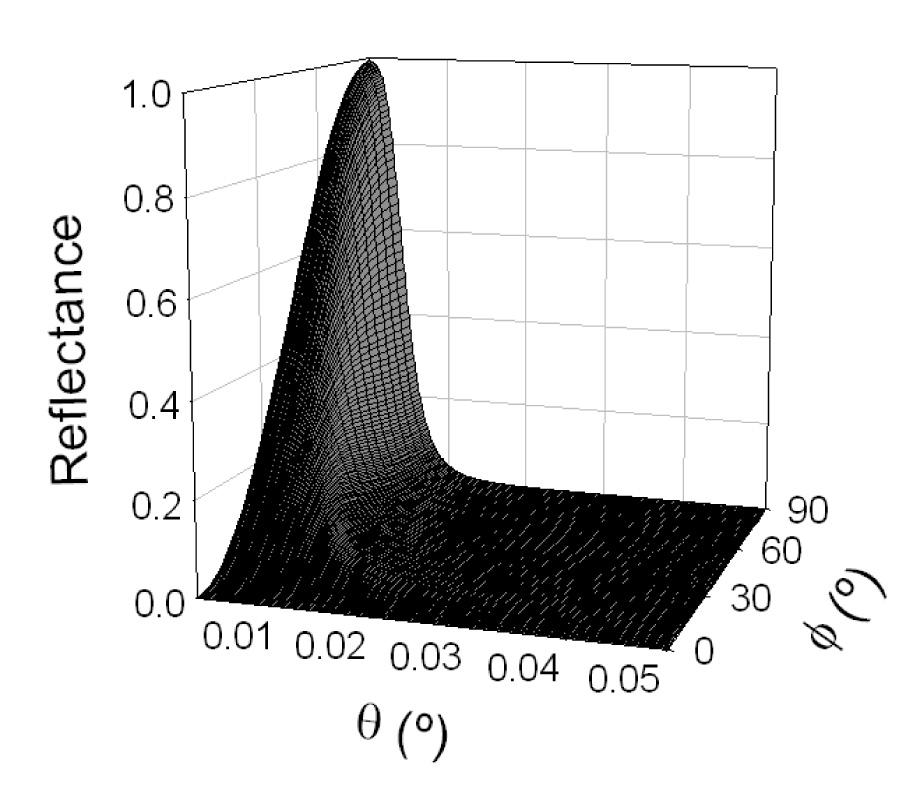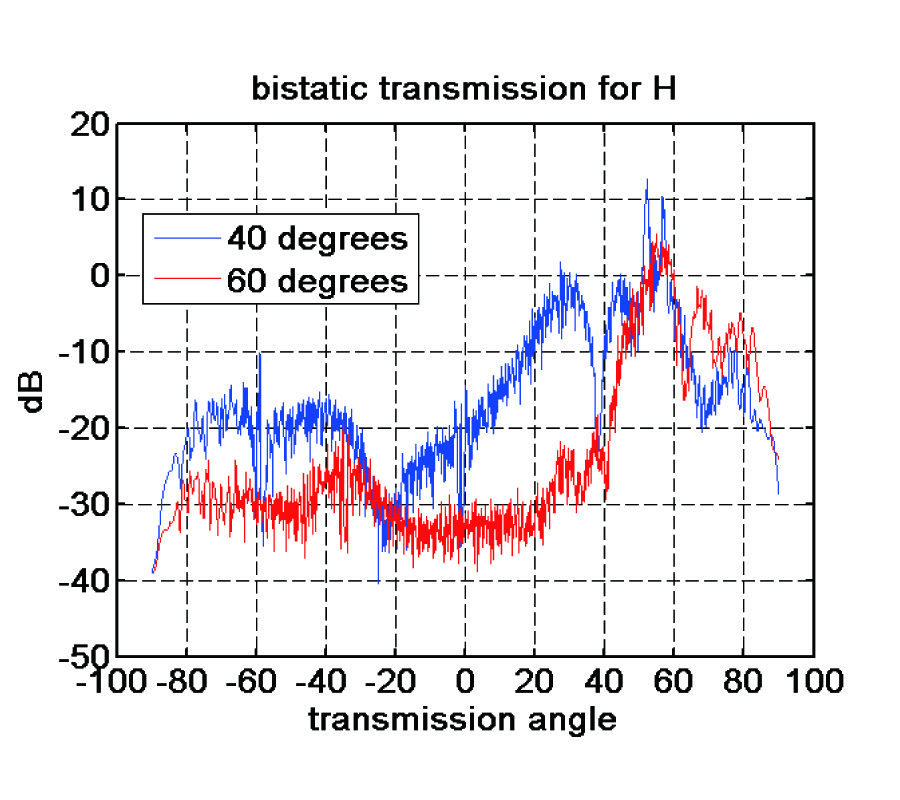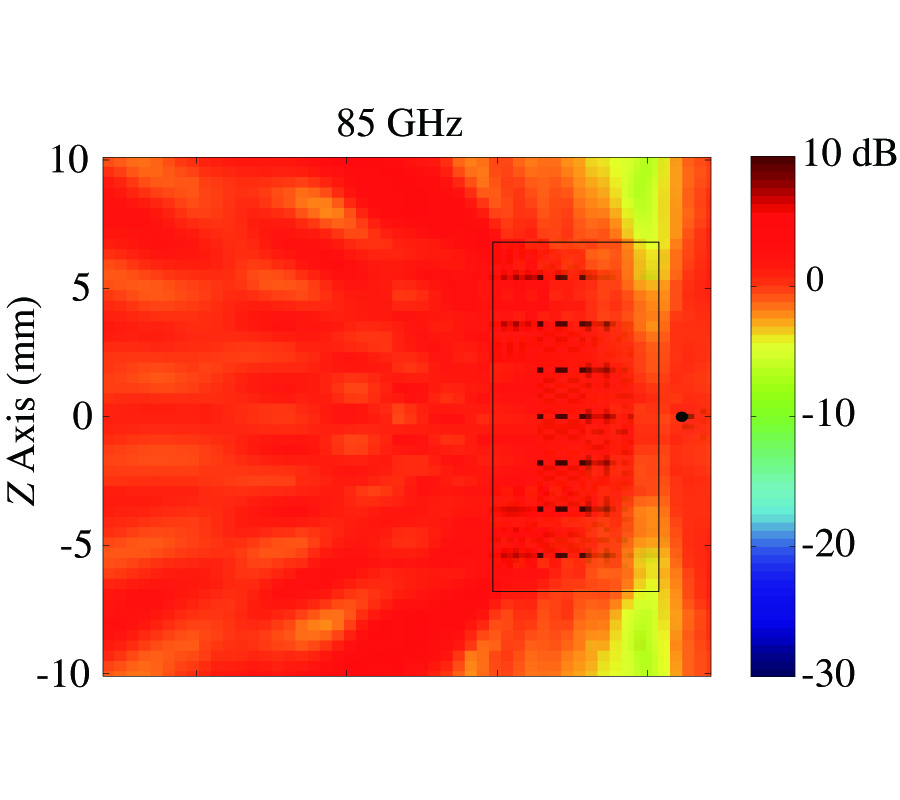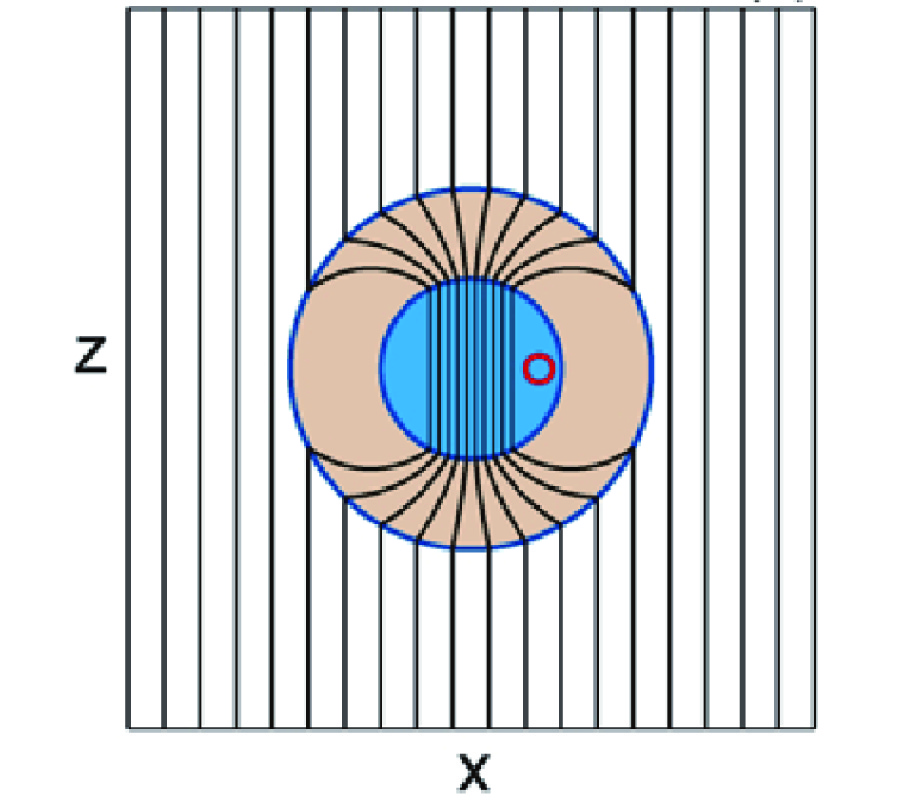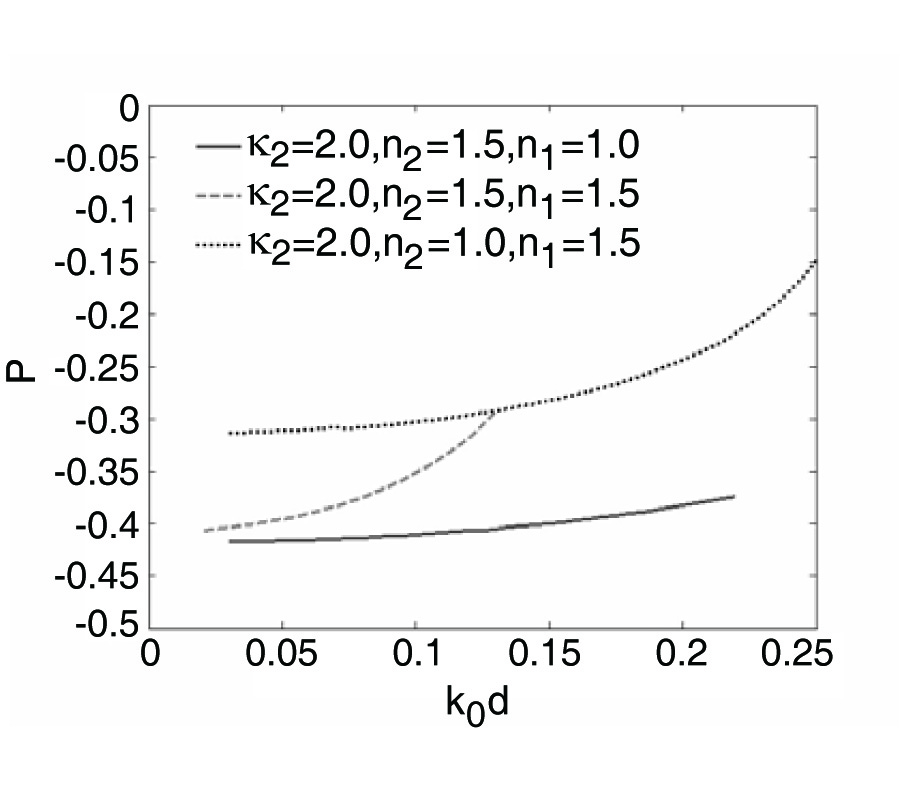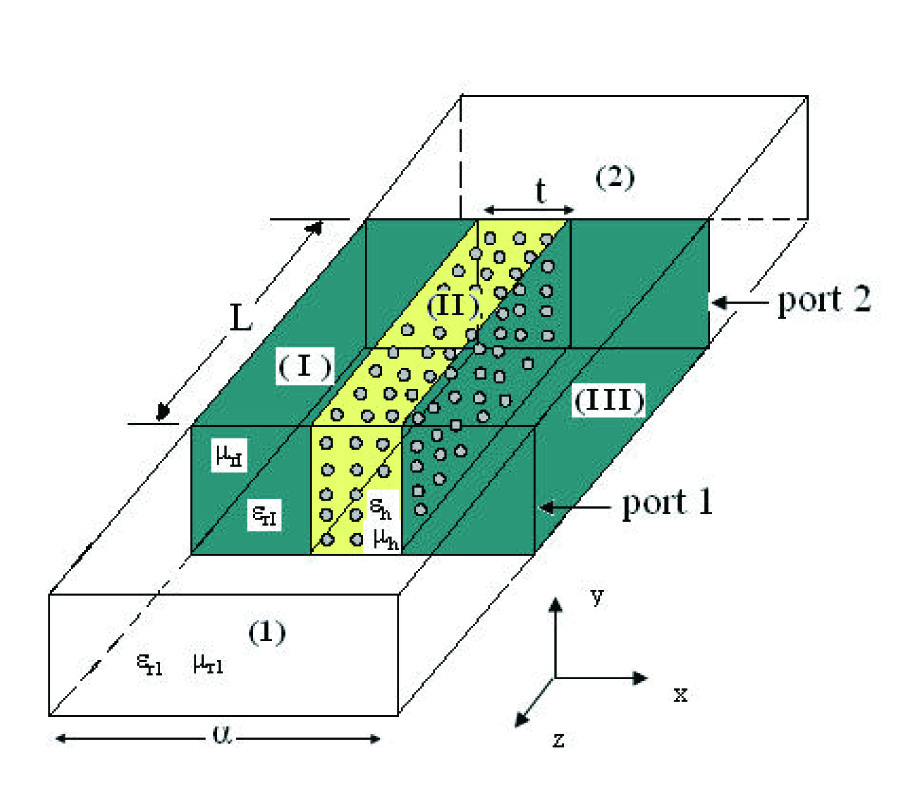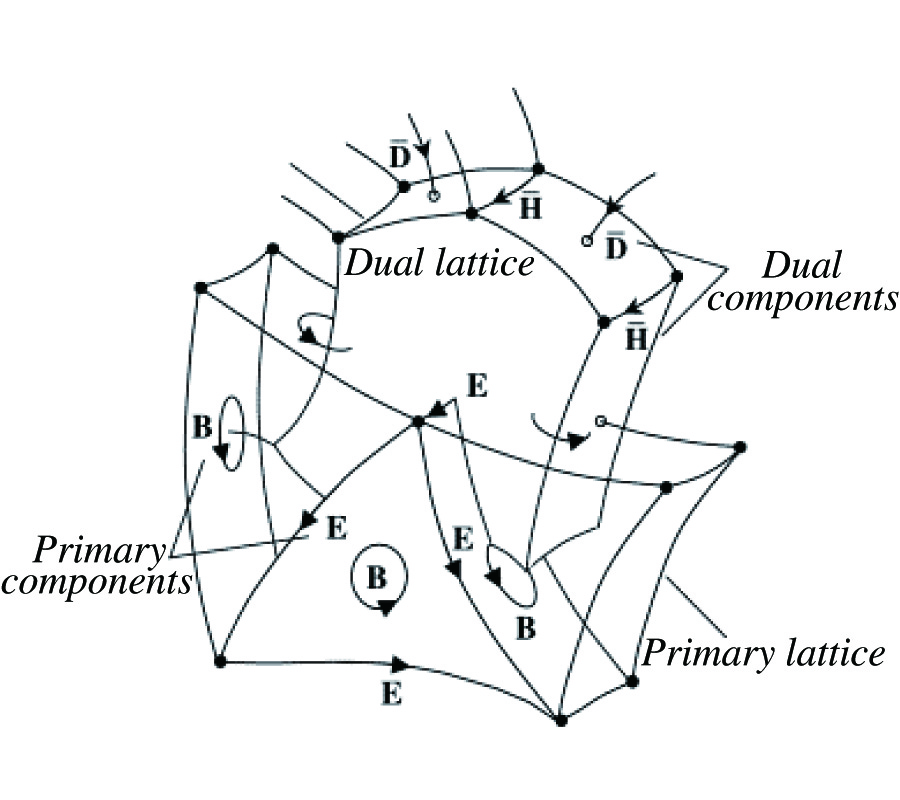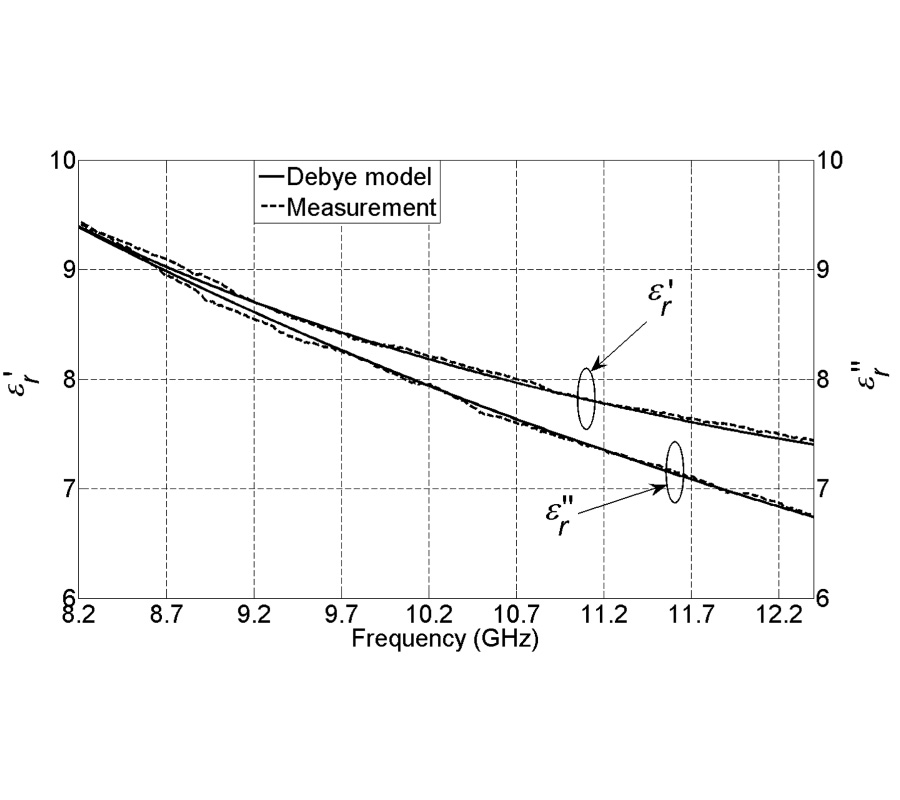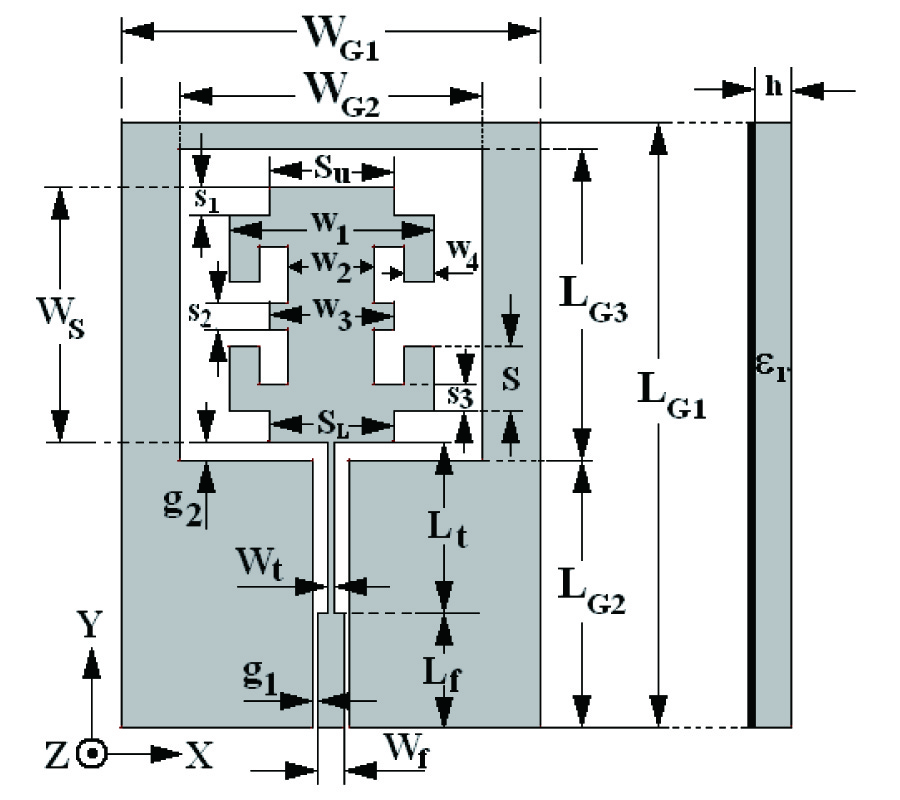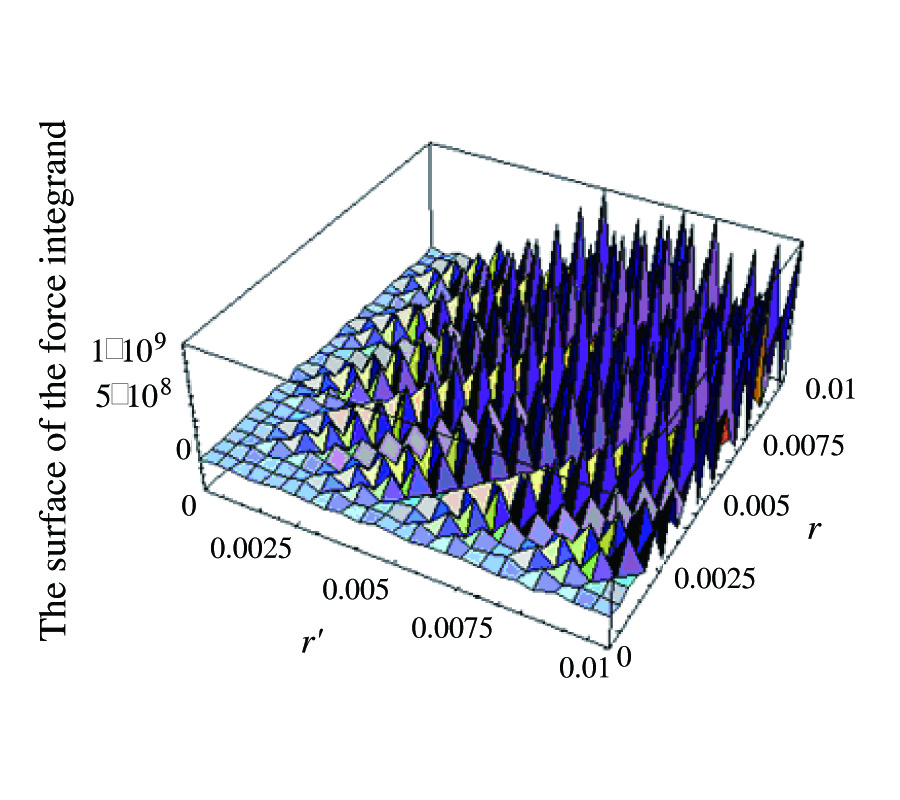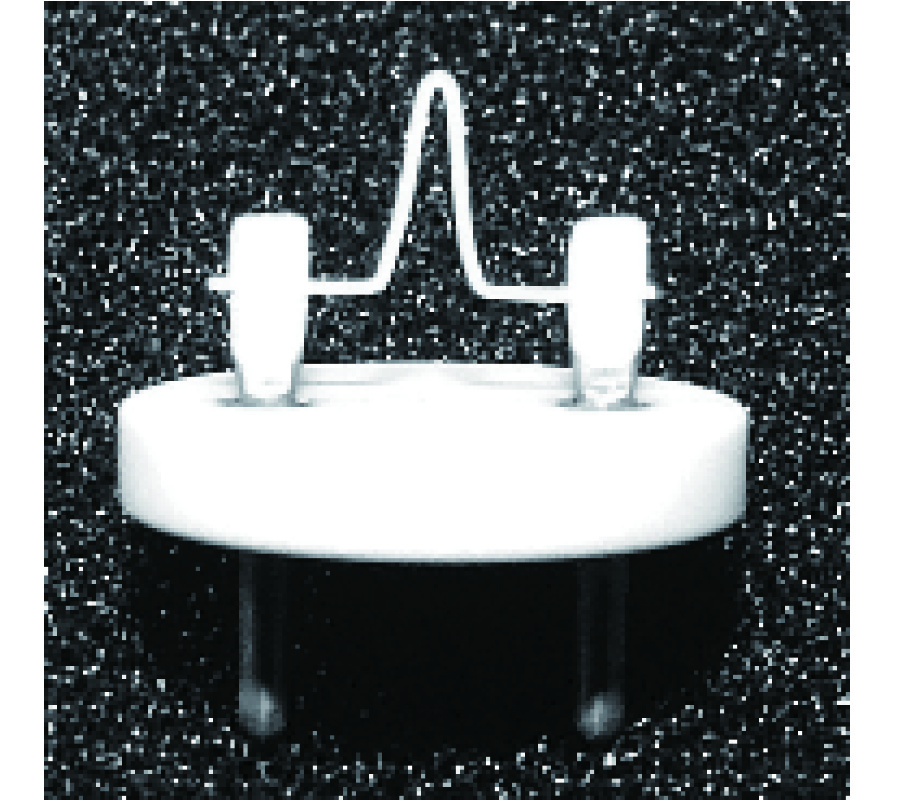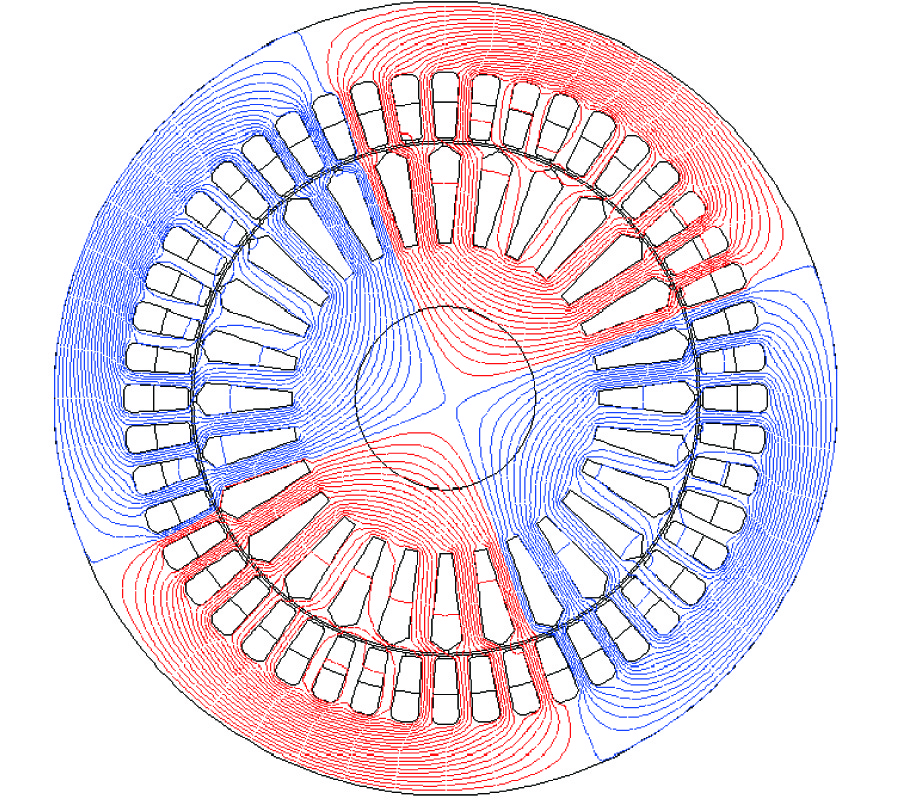Sensor Selection for Target Tracking in Sensor Networks
Hong-Qing Liu
,
Hing-Cheung So
,
Kenneth Wing Kin Lui
and
Frankie Kit Wing Chan
This paper addresses the sensor selection problem which is a very important issue where many sensors are available to track a target. In this problem, we need to select an appropriate group of sensors at each time to perform tracking in a wireless sensor network (WSN). As the theoretical tracking performance is bounded by posterior Cramer-Rao lower bound (PCRLB), it is used as a criterion to select sensors. Based on the PCRLB, sensor selection algorithms with and without sensing range constraint are developed. Without sensing range limit, exhaustive enumeration is first adopted to search all possible combinations for sensor selection. To reduce complexity of enumeration, second, we restrict the selected sensors to be within a fixed area in the WSN. With sensing range constraint, a circle will be drawn with the help of communication range for sensor selection. In a similar manner, two approaches, namely, selecting all sensors inside the circle or using enumeration to select sensors within the circle are presented. The effectiveness of the proposed methods is validated by computer simulation results in target tracking for WSNs.
